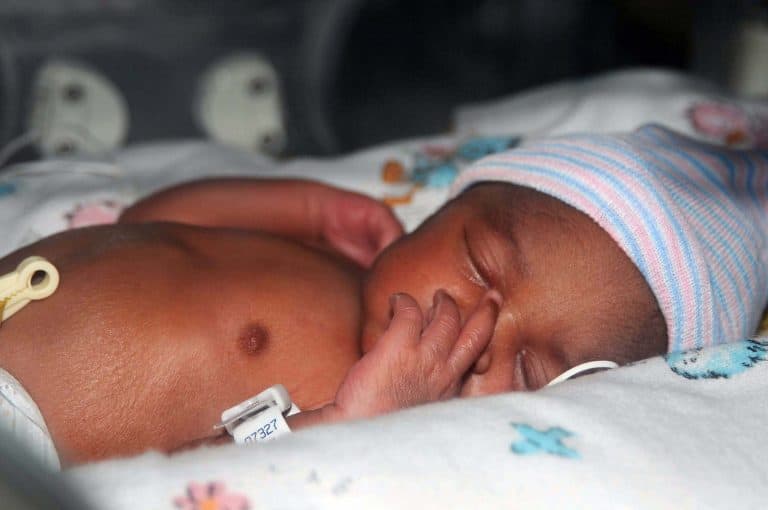Samantha Suffich is a doula and the CEO of a non-profit for pregnant women and babies. Her organization helps new and expecting moms at all income levels in her South Florida community deliver and raise healthy babies.
From conception, people of color (POC) must fight harder than white people just to get to celebrate their first birthday.
Women of color (WOC) are 2-3x more likely to die during childbirth compared to white women, and nearly 4x more likely to die from pregnancy-related complications than white women. WOC are more likely to experience pre-term labor and 3x more likely to give birth to a low weight birth weight infant. Lastly, babies of color are 1-2x times more likely to die before their first birthday compared to white babies. This disparity is regardless of the woman’s socioeconomic status, educational background, or substance abuse history when researchers control for these confounding medical and sociodemographic risk factors across races.
It doesn’t help that racism is well-documented within our medical system. I can tell you heartbreaking stories of WOC who were physically abused during childbirth, or their healthcare provider didn’t hear their plea for help when they were in pain or concerned for their or their baby’s well-being. And finally, there is the strong evidence in the research that tells us that the chronic stress that comes from being a person of color ultimately contributes to these outcomes.
At work, I am reminded of these social inequities and health disparities every day. A key component of the program I run is to identify and mitigate the risks for poor birth and health outcomes that pregnant women and their babies may experience. To address these health disparities, our program participants are empowered to overcome disadvantageous situations to ensure they and their babies are given an equal opportunity for a healthy start.
We hold space for our families of color to discuss their challenges in focus groups, community forums, and local coalition committee work. This valuable community feedback steers our strategies to address maternal and child health needs in our community. We developed a breastfeeding campaign to normalize breastfeeding amongst our WOC. They provided us with feedback every step of the way and allowed us to photograph them for the campaign.
We’re far from perfect. So to improve, our organization will work to do the following. I invite you to find local resources and encourage them to take these steps, too:
•Give staff training on implicit bias
•Require bias training for volunteers, leadership, subcontracted providers, and all others involved in the operation of the organization.
•Recruit more POC to join our leadership on the board of directors
•Recruit more POC doulas and midwives to serve our area
•Formally adopt National CLAS (Culturally and Linguistically Appropriate Service) Standards to provide effective, equitable, understandable, and respectful quality care and services that are responsive to diverse cultural health beliefs and practices, preferred languages, health literacy, and other communication needs
If you would like to personally support WOC and Black women in particular, I encourage you to:
- Make a contribution to Roots Community Birth Center. It’s one of very few birth centers in the country owned and operated by a black midwife. It’s located in Minneapolis. You can Venmo: @projectmotherpath if this interests you as well.
- Contribute to Black Mamas Matter Alliance. The Black Mamas Matter Alliance (BMMA) is a Black women-led cross-sectoral alliance. They center Black mamas to advocate, drive research, build power, and shift culture for Black maternal health, rights, and justice.
This makes me sad and infuriates me. I stand against racism and I believe people of color are not often set up to succeed starting from conception. I’m committed to ensuring every baby has an equal opportunity to a healthy start. Join me!

